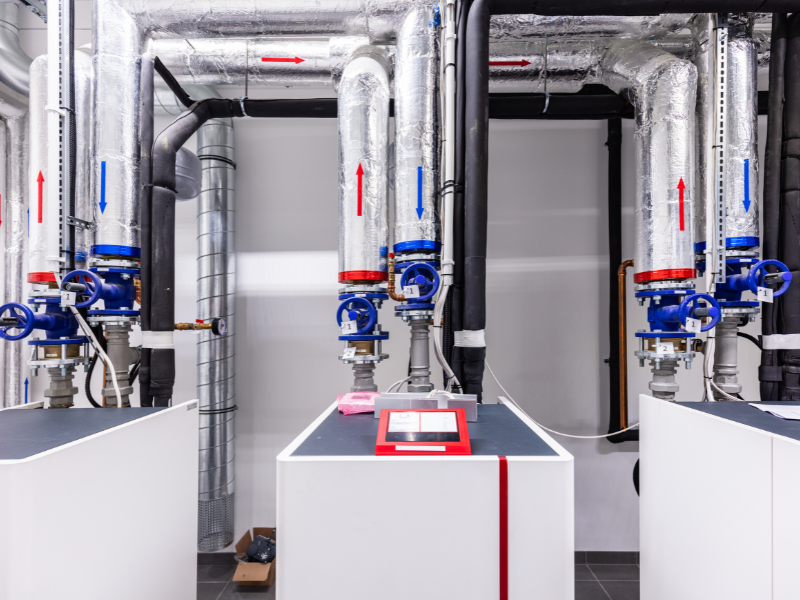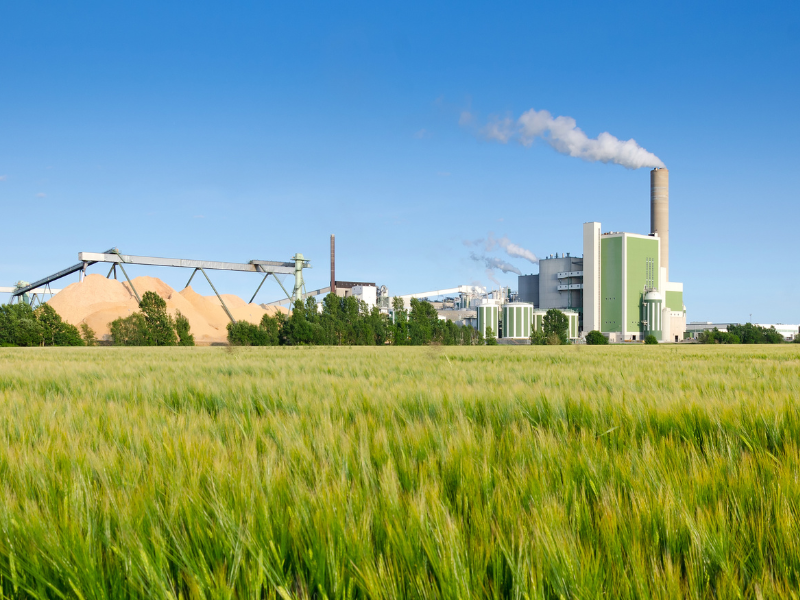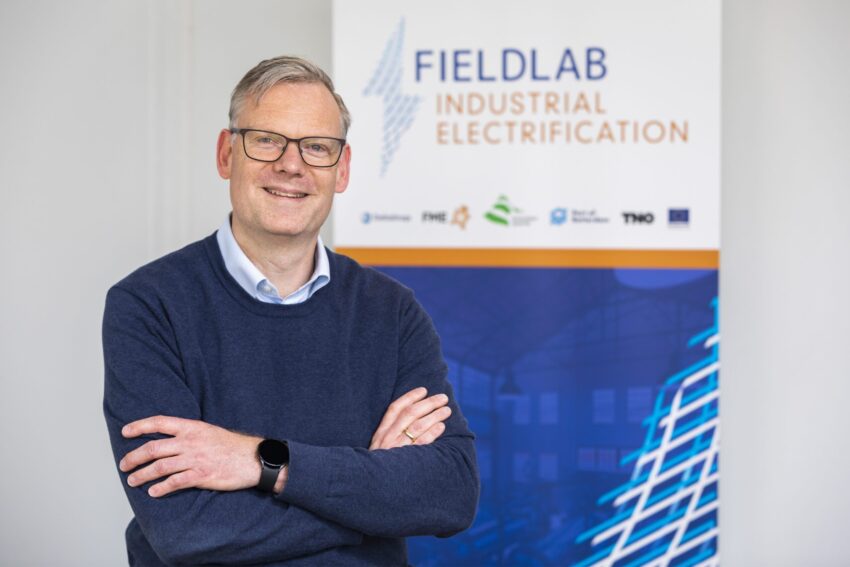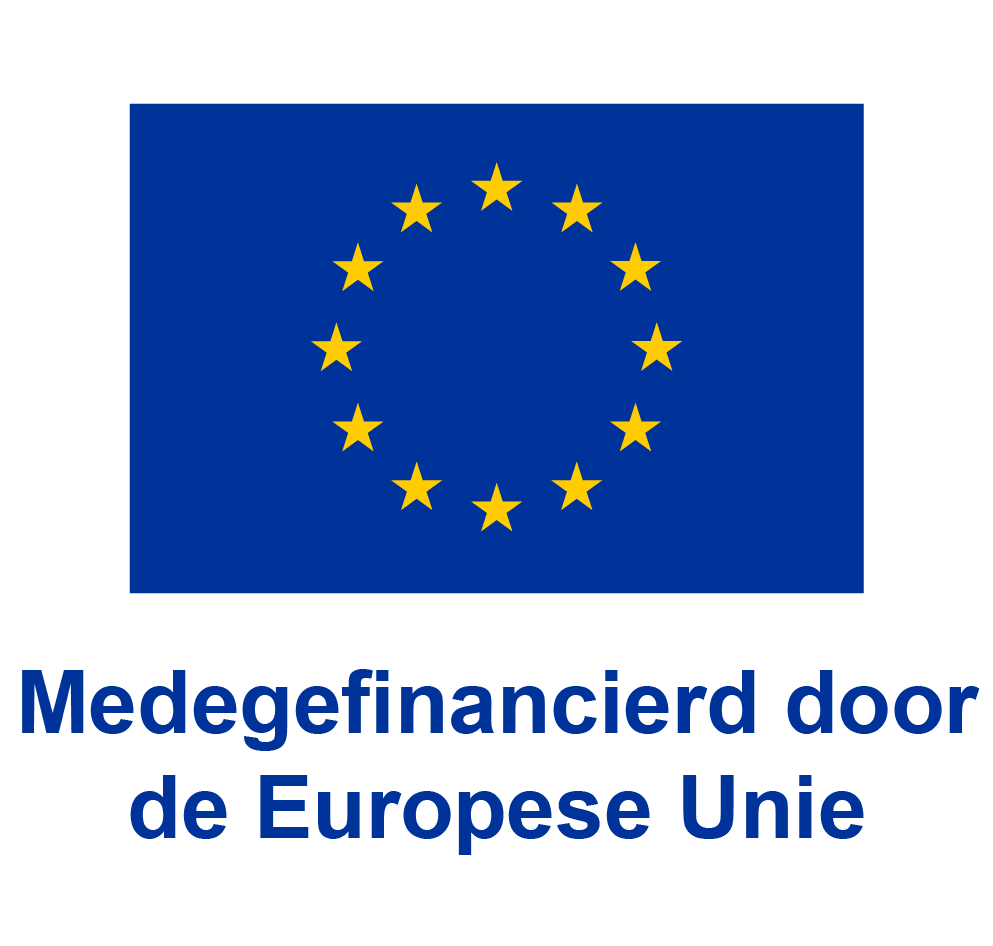Cabinet opts for direct electrification of industry
The new cabinet has set September 2025 as a policy framework published in which direct electrification is the preferred route for making industry more sustainable. In the Industry Electrification Action Agenda Minister Hermans states that for all low- and medium-temperature processes (up to around 500°C), electric energy will be chosen over conventional fuels or hydrogen where technically possible. The agenda stresses that electrification will take precedence over "indirect" routes and that investments should go mainly to heat pumps, electric heating and advanced electrification technologies in sectors such as the food, textile and paper industries. There is also recognition of potential bottlenecks: if not all conditions for full electrification are in place, the government sees hybrid solutions (combinations with fossil or renewable gases) as a "valuable interim solution".
Industrial end-users
For energy-intensive companies, this course means investing heavily in new electrical installations and processes. However, some industry - for example, smaller manufacturing companies outside the large industrial clusters - are experiencing bottlenecks. Minister Hermans points out that many regions lack the required network capacity, making "electrification or switching to hydrogen mostly impossible in the short term".
The government therefore proposes additional subsidies and guidance available for these companies (e.g. through the "Action Plan 2.0" for regional industry) and is working on power grid extensions. At the same time, the government gives companies more time for CO₂ reduction and extends any compensation schemes for high energy costs to give companies room for investment. The stable policy frameworks and financial incentives from the Action Agenda (such as broadened SDE++ and possible CfD schemes) should further improve the business case for electrification.
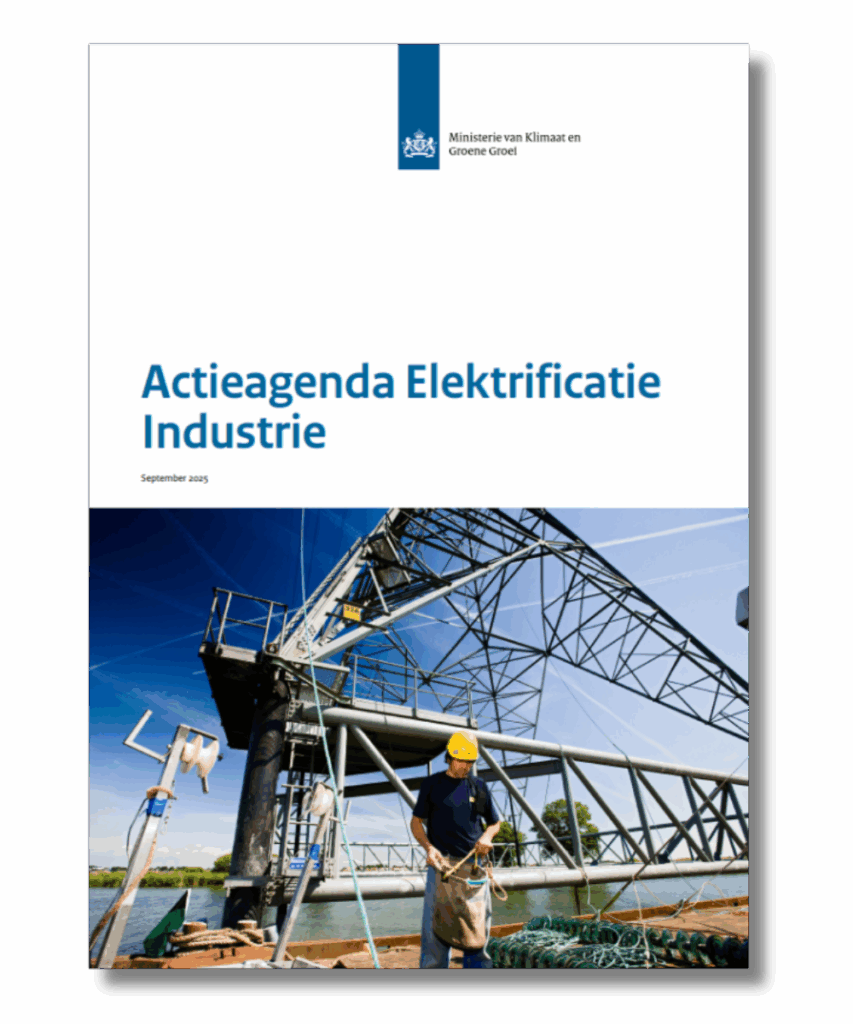
Energy companies
Grid operators and electricity suppliers face both new challenges and opportunities with the preference for electrification. Large-scale electrification leads to a sharp increase in electricity demand, requiring rapid expansion of the national high-voltage grid and more renewable generation capacity. Netbeheer Nederland warned in a committee debate that it opts for a smart mix of measures: in addition to electrification, (blue) hydrogen and CCS remain necessary to ensure affordability and continuity.
Practical examples illustrate the urgency: in the Brainport region of Eindhoven nearly a thousand companies are on the waiting list for a larger power grid, and companies are even considering moving away because of grid congestion. At the same time, grid operators see the Electrification Agenda as a positive incentive to finally invest in grid expansion and flexibility options.
To dampen peak loads, parties are working together on smart solutions: for example, companies in Eindhoven are using software and energy storage to find ways to reduce their share electricity use among themselves and more efficient. This will require close cooperation with market players and possibly adjustment of European rules, but offers the prospect of a more flexible, future-proof power grid.
Technology companies
The focus on electrification presents opportunities especially for technology and automation companies. Suppliers of electric heating systems, innovative electric motors, smart control and automation solutions and energy buffers are seeing a rapid rise in demand for their products. The Dutch manufacturing industry already has a strong focus on high-tech production, and the growing market for industrial electrification is reinforcing this trend. Companies in information technology and digitalisation are also benefiting: optimising energy consumption (as in Eindhoven) is done through data-driven systems and algorithms that enable flexible grid control. In addition, the government is investing extra in R&D and training for new electricity technologies, allowing technology companies to develop new offerings. Thus, experts note that the system integration of smart grids and digital control is becoming an important part of the energy transition, with new business models for Dutch tech providers.
Getting started yourself? FLIE helps!
The Fieldlab Industrial Electrification (FLIE) offers a unique Power-2-X voucher scheme to support projects aimed at electrification and sustainability. This scheme allows you to receive grants for feasibility or pilot studies.
A feasibility study 100% is eligible up to a maximum of €15,000. You can use this voucher for, among other things:
- Research and analysis: feasibility studies, business case analyses, market studies or infrastructure research.
- Advice around regulations: understanding regulations, financing and permits.
- Financing advice: a tailored financing scan.
- Technology assessment: exploration, selection and specification of technologies.
- Supplier selection: including risk analysis and demonstrations.
A pilot study 50% is eligible and can be used to validate your technology in FLIE's pilot hall.
